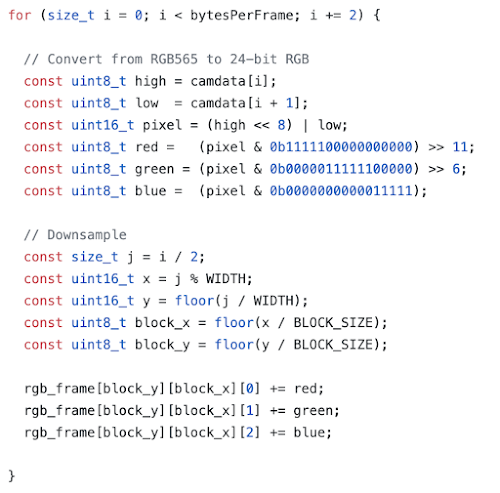A 'Low Memory' GIF decoder
I just released my AnimatedGIF library for Arduino and it contains a lot of optimizations and workarounds to perform well on microcontrollers. I thought it might be useful to document what makes it different from other GIF decoders out there. First a little background on GIF images: GIF (Graphics Interchange Format) Compuserve was an early internet service provider and they created an image format for streaming compressed pictures over a slow and unreliable channel (dial-up internet). Their first format (GIF87) utilized LZW compression for transmitting a single image. LZW compression is a clever way of finding and compressing repeated sequences of symbols and outputting them in a (VLC) variable-length-code stream. The GIF format treats images as a continuous (one dimensional) stream of pixels. By doing it that way, it misses out on taking advantage of horizontal and vertical symmetries. The PNG file format compresses image more effectively not just because Deflate/Inflate compress...
